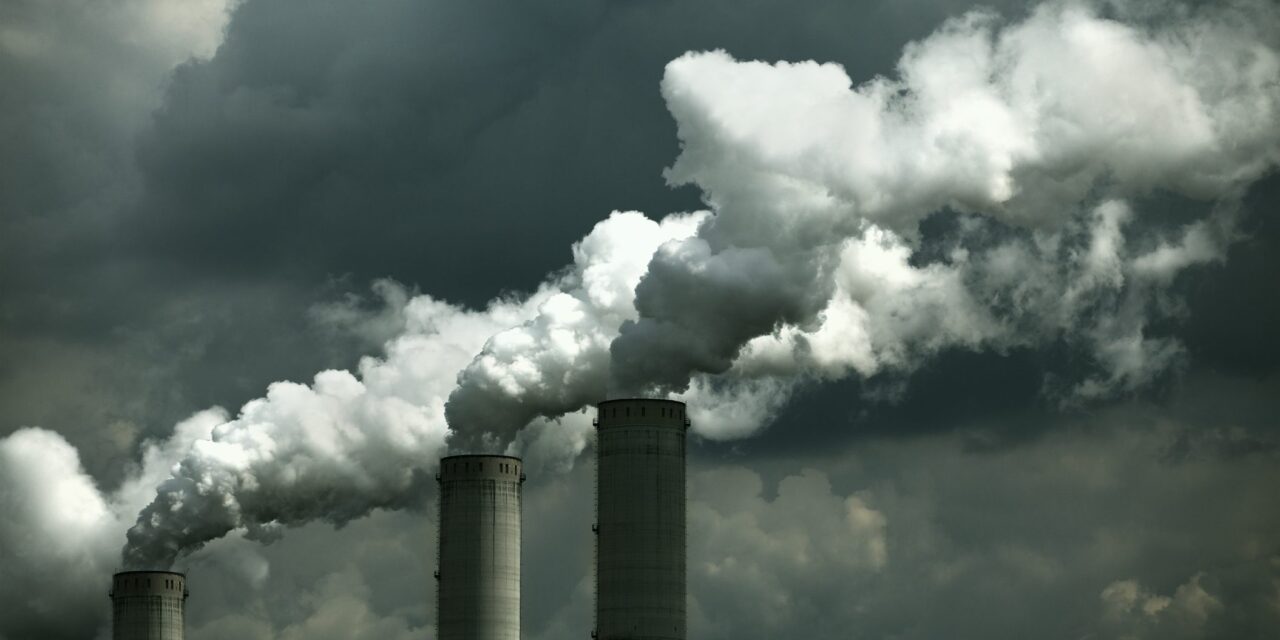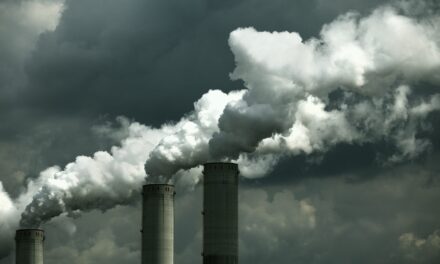And its melting at a greater rate than ever before in history:
Satellite data for the month of June show Arctic sea ice has shrunk to a record low, raising concerns about climate change, coastal erosion, and changes to wildlife patterns.
Not only that, but 2005 is on pace to become the hottest year in recorded history.
A weak El Nino and human-made greenhouse gases could make 2005 the warmest year since records started being kept in the late 1800s, NASA scientists said this week.
More on the Great Arctic Melt Off after the break . . .
The National Snow and Ice Data Centre . . . says 2002 was a record low year for sea ice cover in the Arctic, since satellite observations began in 1979.
There’s evidence that may have been the lowest coverage in a century.
Now scientists fear this year could be worse. June readings indicate the ice is at its lowest limit ever for that time of year.
“It actually melted back farther than normal pretty much everywhere around the Arctic,” says Walt Meier of the National Snow and Ice Data Centre in the U.S.
. . . Meier says the amount of ice that covered the Arctic Ocean in the month of June this year shrunk by a record six per cent below the average rate for the month.
What does this mean? That is, what are the possible consequences of such a rapid decline in Arctic ice coverage?
Less sea ice means more moisture in the air and more rain.
It also leads to an increase in coastal erosion since the ice isn’t there to buffer the shoreline from waves.
. . .The National Snow and Ice Data Centre says Arctic sea ice usually recovers in the winter time.
But researchers have noticed ice has begun to decline in that season as well.
Now some scientists are wondering if the melting of the sea ice has already gone beyond a critical threshold from which it can’t recover.
One result is decreased salinity of the oceans as millions of tons of fresh water usually bound up in artic ice flows into the oceans. What might that lead to? Well one study employing computer models says: Nothing good
As a result, loss of sea ice due to global warming would tend to decrease the stability in parts of the ocean; this opposes the well-known tendency of global warming to increase ocean stability by warming and freshening the upper ocean. Simulations of ocean uptake of an idealized transient tracer in both constant-CO2 and increasing-CO2 environments are performed to investigate the effects of physical changes in ocean and sea ice on transient tracer uptake. In the Southern Ocean, physical changes to the ocean and sea ice are found that result in slower transient tracer accumulation in most locations. When averaged over the entire Southern Ocean, however, these reductions are small, because changes in convective activity due to increased atmospheric CO2 are relatively small, and because transient tracer uptake is relatively insensitive to changes in convective activity. These results suggest that Southern Ocean uptake of anthropogenic CO2 may decrease less than previously supposed as global warming progresses.
Shorthand for dumb people like me? The oceans will be less able to absorb extra human generated CO2, meaning more CO2 staying in the atmosphere, and the possibility of accelerated global warming as a direct consequence.
Here’s a site that’s a little more non-climatologist person friendly to explain the consequences:
Beyond the area it covers, the influence of polar ice extends out to ocean circulation and planetary weather patterns. For instance, warm winter temperatures in Europe result from ocean currents partly driven by meltwater from Arctic ice. So changes to polar regions could hold far wider ramifications.
Snow and ice . . . reflect solar radiation back into space. And they also insulate land and ocean surfaces, holding in heat that would otherwise leak into the atmosphere.
So the cryosphere effectively works like a brake on global warming, but only up to a point: ice is extremely sensitive to changes in temperature, and when snow and ice begins to melt, . . . it absorbs more solar radiation, causing it to melt faster still.
This being so, shrinkage of sea ice will increase temperatures in the region still further. Polar wildlife will lose important habitats and the erosion of coastlines cleared of ice will accelerate markedly.
. . . A surfeit of melting ice as the mass balance of the cryosphere shifts threatens to affect the salinity of the oceans, modifying or switching off ocean currents, along with increasing sea level.
Getting the picture? This is serious stuff people. This is why immediate action is required on aglobal scale to reduce human causes of CO2, such as emissions from burning fossil fuels. This was also why the Kyoto treaty was so important, and our nation’s failure to sign it and adopt a plan of action to reduce anthropogenic CO2 as required is having devastating consequences to our planet as we speak. An increased rate of melting Artic sea ice is only one more piece of evidence that shows global warming is the reality right now, and that it poses a real threat to our species’ survival on Earth.
I know, it’s not as sexy a story as Rovegate, or the Downing Street memo, or even Paul Hackett’s campaign in OH-2, but in the long run (and I would argue in the short run as well) this may be the single most important story of our times. It’s under the radar because the media won’t focus on it, and because they are easily bamboozled by the right wing lies that a controversy exists. All the more reason we need to push this story in the blogosphere.
EVERY DAMN DAY!





